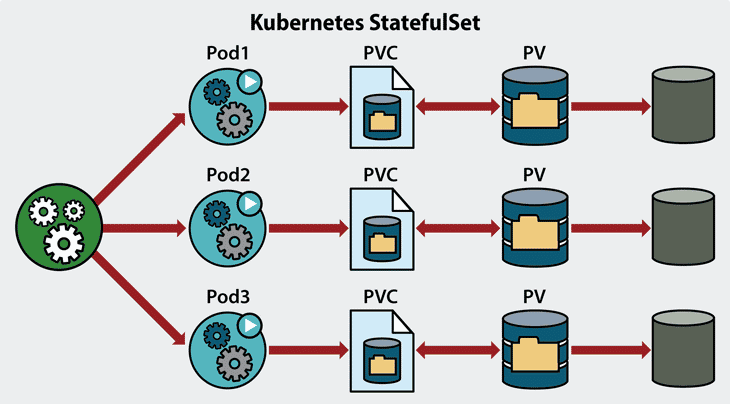Home » Posts tagged 'kubernetes visualizer'
Tag Archives: kubernetes visualizer
How does Kubernetes work with Docker?
You’ll understand by now that Docker helps you “build” containers, whereas K8 lets you “manage” them at runtime. Docker is used to package and run your applications. K8s lets you deploy and scale your applications in the same way. You can get more information about the best kubernetes storage solution via https://kubevious.io/blog/post/comparing-top-storage-solutions-for-kubernetes/.

Kubernetes only appears when there are more containers to manage. While the big tech giants are trying to adapt to Kubernetes, small startups shouldn’t need K8 to manage their applications.
However, as the company grows, their infrastructure needs will increase. As a result, the number of containers will increase, which may be difficult to manage. Voila! This is Kubernetes.
Together, docker and K8 serve as digital transformation tools and tools for modern cloud architectures. The use of both has become the new norm in the industry for faster application implementations and releases.
As noted above, just running containers in production isn’t enough, they need to be configured, and Kubernetes has some great features that make working with containers a lot easier. The K8 provides us with automatic scaling, health check and load balancing, which are essential for container life cycle management.
Kubernetes constantly checks implementation status according to the yaml definition. If a docker container falls, K8 will automatically rotate the new one.
In short, docker containers help you isolate and package your software across the country. Kubernetes, on the other hand, helps you with provisioning and managing your containers. The export point is that the combination of docker and Kubernetes increases confidence and productivity for everyone.
Kubernetes Ingress Controller Examples with Best Option
Kubernetes has 3 types of services namely. ClusterIP, NodePort, and load balancer. Ingress makes http routes outside the cluster available for services inside the cluster. If you are looking for the best Kubernetes ingress controller comparison visit https://kubevious.io/blog/post/comparing-top-ingress-controllers-for-kubernetes/.
One thing you should be aware of by now is that penetration is not the type of service that Kubernetes offers. Meanwhile, Kubernetes Ingress Controller mainly uses load balancers to manage traffic and intruders.
Ingress Controller is a smart load balancer. Ingress is a high-level abstraction that is responsible for enabling simple HTTP routing by host or URL. Always apply with a third-party provider. This service is nothing more than an entry controller.
The Kubernetes login controller is responsible for reading Ingress resource information and processing that data. Ingress is tightly integrated into the K8, which means your existing workflows around kubectl are likely to flourish well into penetration management.
It should be noted that inbound controllers do not usually require external balancing loads, but inbound controllers only add additional routing and control levels for the balancing load.
Kubernetes Ingress controller with load balancer
Regardless of your entry strategy, you may need to start with external balance weights. As a result, data traffic is routed to the K8 cluster service, which performs service-specific routing. In this setup, your load balance provides a stable endpoint that is nothing more than an IP address for accessing external traffic.
Both the intrusion controller and the K8 service require an external balance load. Therefore, NodePort was not designed to be used directly in production.
 Hi, my name is Martin and I am a teacher at Davis School of sports, Sacramento. Learning new stuff and writing about the latest topics is my hobby. I came up with Blue Water Fishing Classic so that knowledge can be shared without any limitations.
Hi, my name is Martin and I am a teacher at Davis School of sports, Sacramento. Learning new stuff and writing about the latest topics is my hobby. I came up with Blue Water Fishing Classic so that knowledge can be shared without any limitations.